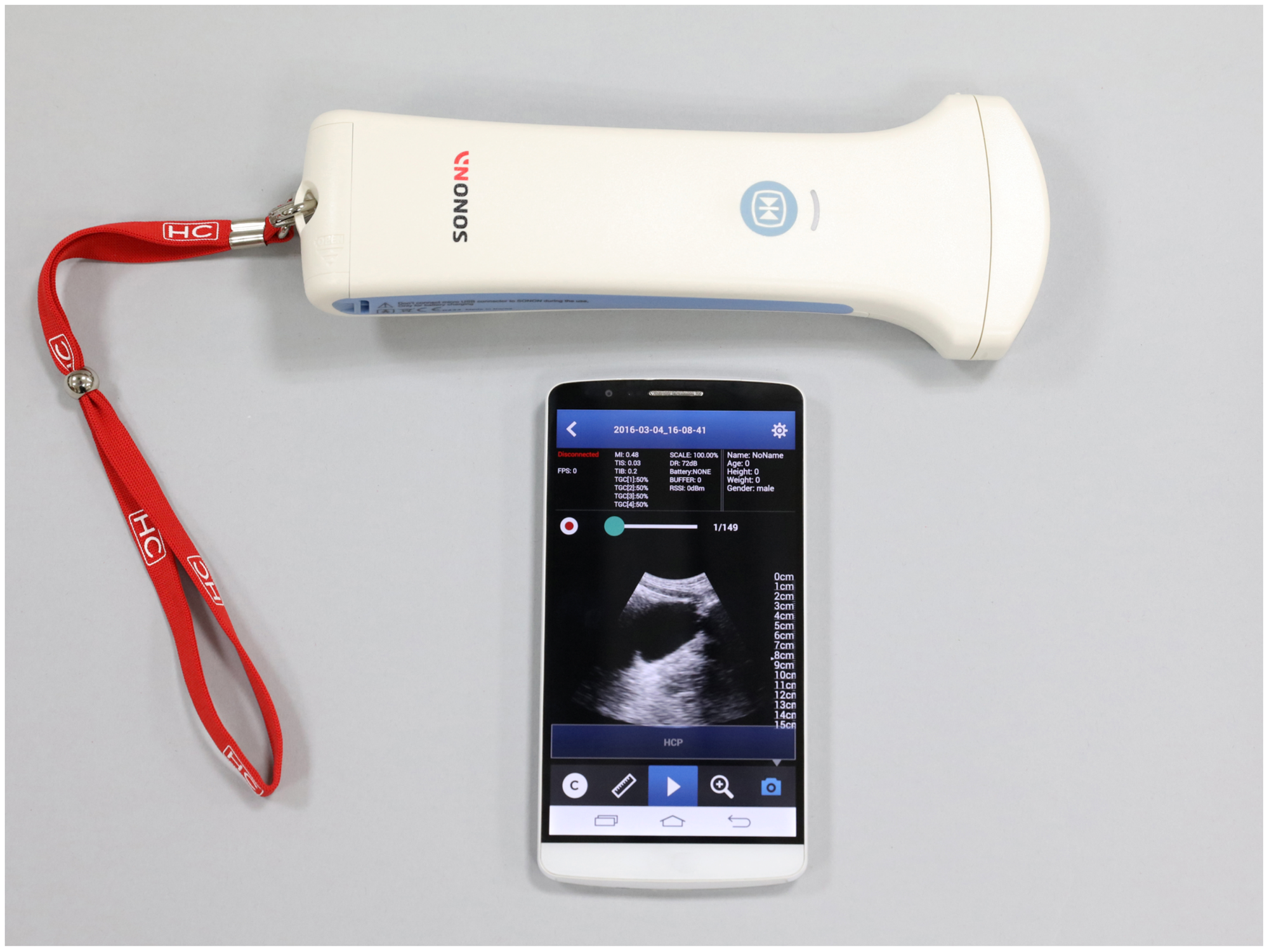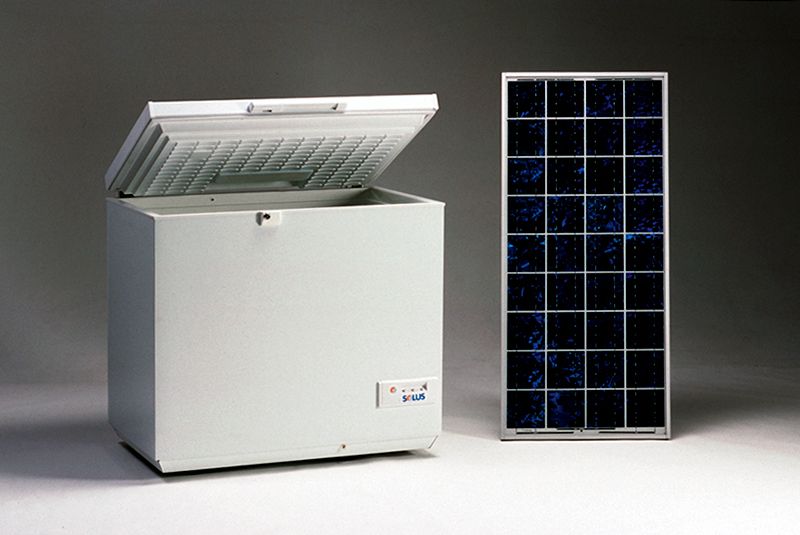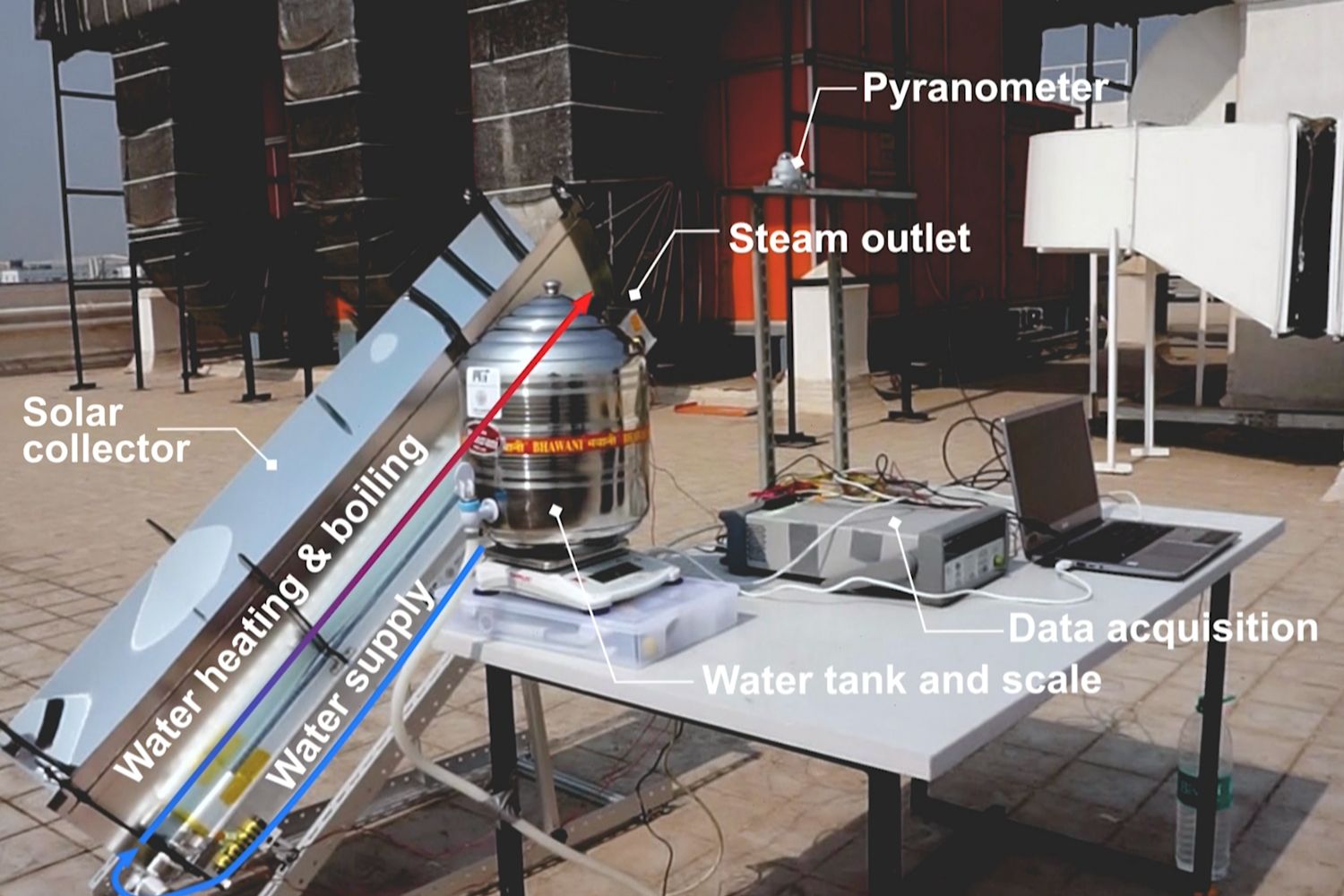The Urban-Rural Health Divide: Technology’s Role in Enhancing Rural Medicine

Technical innovation is critical to improving both the efficiency and accuracy of medicine across society. However, this innovation is often only accessible in urban regions, leaving individuals in rural communities behind. The disparity between rural and urban areas exists around the globe. A study from the United Nations found that while half of the world’s population lives in rural areas, only 23% of the global health workforce is deployed to them. Across the board, these individuals face a lower life expectancy and are significantly more likely to experience poverty. Rural communities are under-funded, under-staffed, and under-resourced, and this inequity only continues to grow. However, recent technological developments designed to meet rural communities' needs offer a solution to decrease detrimental gaps between rural and urban populations.
Virtual Medicine:
Telehealth, an electronic healthcare platform, allows for remote patient and clinician contact. This service faced dramatic expansion during the COVID-19 pandemic, and its use has more than doubled across the U.S. The system helps providers serve patients regardless of distance, making it appealing for rural areas facing access to limited primary care doctors. However, rural communities require reliable internet service to support these telehealth programs. While the government and private sectors are working on expanding broadband services to these communities, an estimated 2.9 billion people worldwide are still offline. The question then becomes, how can technology support rural areas without reliable internet connection?

Portable Technologies:
Many advocates are pointing to portable technologies as one option. Startups have created smaller and packable equipment that can be sent to remote areas to improve the efficiency of healthcare. GE Healthcare’s pocket-sized ultrasounds are one example of this. The World Health Organization (WHO) found that nearly two-thirds of the world’s population do not have access to ultrasound examinations, making these handheld devices a real-time tool to improve patient care. The ultrasounds allow healthcare providers to move quickly from room to room, conduct faster reviews, and access high-quality image scanning. The waterproof and durable design can withstand field conditions, and the interface is wifi based, allowing for use without internet connection.

Moreover, newly designed portable solar-powered refrigerators support people in remote areas without electricity. These medical refrigerators can store vaccines, blood transfusions, or other pharmaceutical products. Temperature stability is critical, especially for vaccinations, but the fridges are equipped to work efficiently in low-light conditions without a battery. During the recent pandemic, the need for these fridges increased significantly. Urban hospitals have major advantages for vaccine access, which require storage at -70 degrees celsius. Despite these solar-powered refrigerators offering some assistance for rural areas, challenges still exist in vaccine delivery, time pressure, and storage. While the fridges are expensive, especially for communities already struggling with daily expenses, there are nonprofit networks that provide grants to help eliminate this financial burden. Thus, while technological developments are not a perfect solution for these communities, they provide tools that help improve equity.

Sensor Technologies:
New sensor technologies have the potential to enhance the safety of medical care. There is extreme inconsistency among medical centers in rural areas. When treated for one disease, patients may come out with another due to unsanitary conditions. However, recent developments from universities across the country offer technologies that focus on improving sanitation.
In 2020, a global team of researchers from the Massachusetts Institute of Technology and the India Institute of Technology developed a device to sterilize medical tools using solar heat. Today’s current sterilization procedure uses pressurized chambers, known as autoclaves, in which reliable energy sources are necessary. However, the Solar Steam device uses high-pressure steam, aerogel, and a chamber for sterilization, allowing it to function without an energy source. The components of the device total less than $40.00, and the materials offer the potential for local manufacturing. This research team plans to partner with solar collector manufacturers worldwide and is currently working on delivering its devices to rural communities.

In addition, Infaclip, designed by NOvote medical technologies, specializes in sanitation to prevent neonatal deaths. The three-inch disposable device cuts, seals, and disinfects an umbilical cord in a straightforward step. With a retail price of under a dollar, it targets rural areas where women face a lengthy journey to the hospital and home births are common. The device decreases infection-related infant mortality and offers assistance for women in labor without access to a trained OB.

The Impact:
Virtual medicine, portable technologies, and sensor technologies all offer solutions that will not make the rural medicine crisis disappear. However, their implementation does assist individuals who may otherwise not have access to medical care. These technologies enhance rural medicine and lower barriers to medical care regardless of where individuals live.
Sources:
1.) Ollove, Michael. “Rural America's Health Crisis Seizes States' Attention.” Rural America's Health Crisis Seizes States' Attention | The Pew Charitable Trusts, The Pew Charitable Trusts, 31 Jan. 2020, https://www.pewtrusts.org/en/research-and-analysis/blogs/stateline/2020/01/31/rural-americas-health-crisis-seizes-states-attention.
2.) “Solar-Powered Device Sterilizes Medical Equipment.” Physics World, 17 Dec. 2020, https://physicsworld.com/a/solar-powered-device-sterilizes-medical-equipment/.
3.) “SafeSnip Is an Obstetric Device That Cuts, Clamps, and Shields Infants, Mothers, and Birthing Personnel from Infection; Designed to Reduce Infant and Maternal Mortality.” Global Grand Challenges, https://gcgh.grandchallenges.org/grant/safesnip-obstetric-device-cuts-clamps-and-shields-infants-mothers-and-birthing-personnel.
4.) Sines. “Medical Solar Refrigerators - Vaccine Solar Refrigerators.” Medical Solar Refrigerator - Vaccines Solar Fridge, https://www.sines-export.com/medical-solar-refrigerator.html.
5.) Goodier, Rob. “10 Technologies for Rural Water Supplies - E4C.” Engineering For Change, Engineering For Change, 14 Oct. 2022, https://www.engineeringforchange.org/news/ten-technologies-for-rural-water-supplies/.6.) “More than Half of the Global Rural Population Excluded from Health Care.” Social Protection: More than Half of the Global Rural Population Excluded from Health Care, 27 Apr. 2015, https://www.ilo.org/global/about-the-ilo/newsroom/news/WCMS_362525/lang--en/index.htm.



